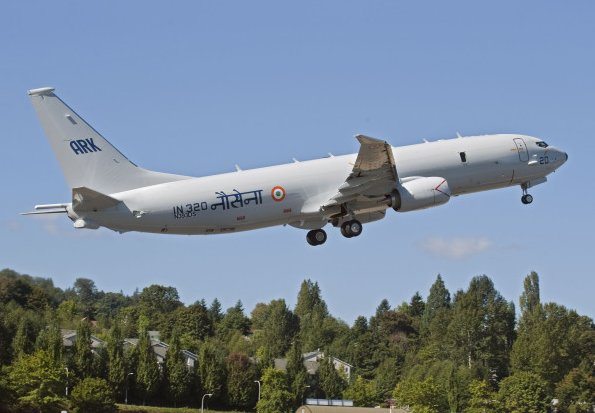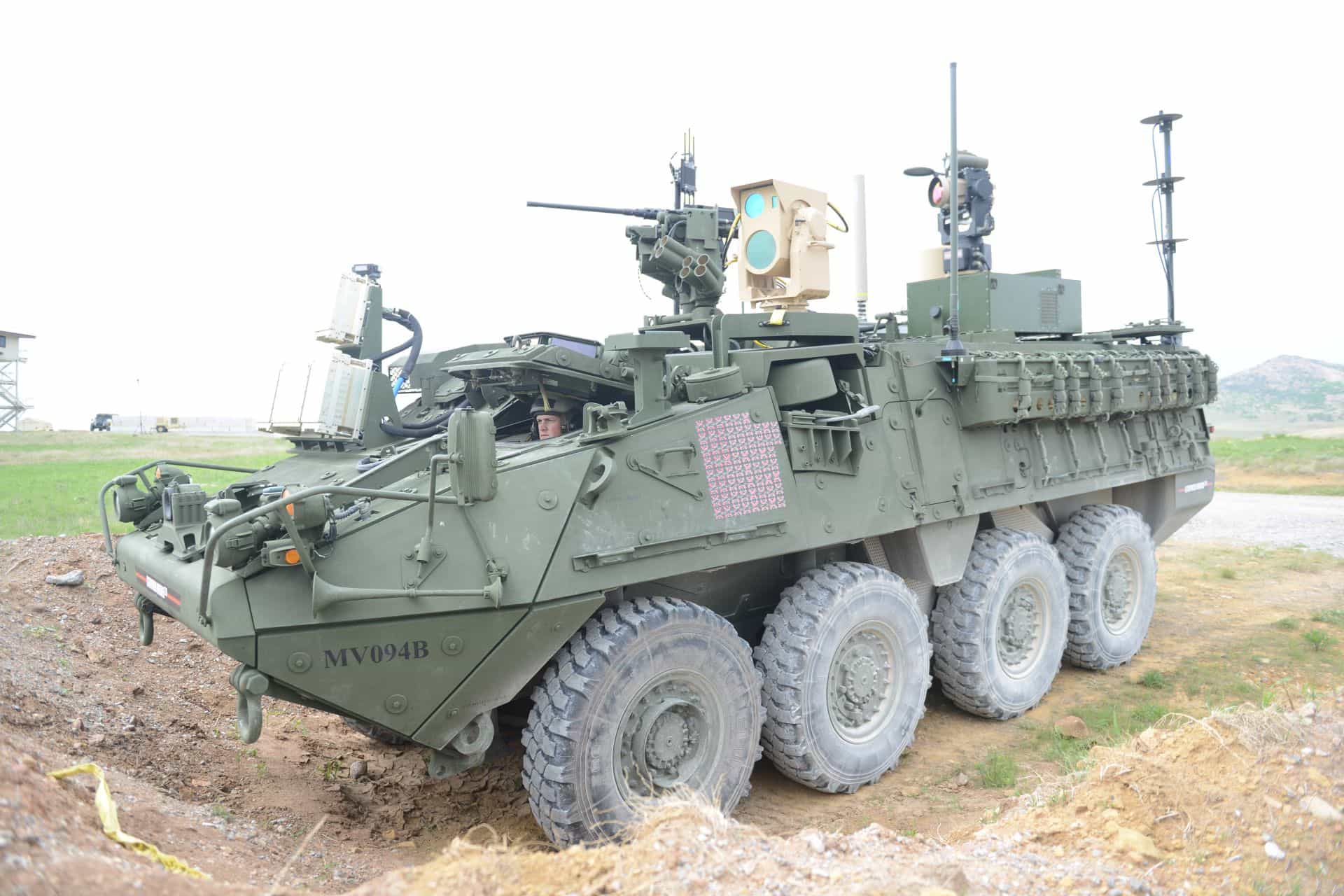The “Pelicans” of Patrol Squadron 45 (VP-45) closed out a seven-month deployment to the U.S. 6th Fleet area of operations (AOO) as the last P-8A Poseidon maritime patrol aircraft returned to Naval Air Station Jacksonville April 8, 2017.
The Pelicans, attached to Commander, Task Force 67 (CTF 67) and led by Commanding Officer Cmdr. Ryan Lilley, consists of 274 personnel and seven P-8A “Poseidon” aircraft. Operating out of Naval Air Station Sigonella in Sigonella, Italy, VP-45 supported a multitude of U.S., allied and partner nation forces throughout the Mediterranean, including the French Navy Charles De Gaulle Carrier strike Group (CSG), the Wasp Amphibious Ready Group and 22nd Marine Expeditionary Unit, the Dwight D. Eisenhower Carrier Strike Group, and the George H. W. Bush Carrier Strike Group.
The Pelicans made Naval aviation history as the first P-8A squadron to deploy to the U.S. 6th Fleet AOO providing anti-submarine warfare (ASW), anti-surface warfare (ASUW), and search and rescue (SAR) operations, as well as superior maritime intelligence, surveillance and reconnaissance (ISR) capabilities to the region.
The P-8A replaces the P-3C which has operated within the U.S. 6th Fleet AOO for decades. With the P-8A comes enhanced anti-submarine warfare (ASW) capabilities through an extended range, increased internal buoy storage, and improved processing capabilities. Built on the Boeing 737-800 frame it brings an improvement in speed and reliability to the maritime domain and highlights the U.S. commitment to maintaining the technological edge.
“We’re the first squadron to deploy with the P-8 to Europe and we successfully and safely integrated our operations, paving the way for other squadrons to follow,” said Lilley.
Over the course of their deployment, VP-16 combat aircrews conducted 24 detachments throughout Europe including operating out of Denmark, England, Germany, Greece, Iceland, Italy, Malta, Portugal, Romania, Scotland, and Spain while participating in multiple operations including Operation Atlantic Resolve.
While deployed, the Pelicans flew more than 3,700 hours of operations and completed more than 8,700 maintenance actions encompassing almost 33,000 maintenance man-hours.
In addition to their regular missions, the Pelicans had the opportunity to participate in numerous exercises throughout Europe.
In September, VP-45 crews flew ASW missions in support of exercise Northern Coast from Aalborg, Denmark and participated in the Malta International Air Show.
In October, crews flew ASW missions in support of exercise Cable Car from Lossiemouth, Scotland and participated in an airshow in Conigsby, England. Crews and support personnel participated in Turkish-led exercise Mavi Balina in November.
In March, exercise Dynamic Manta was supported from Sigonella, as well as exercise Joint Warrior in Lossiemouth, Scotland.
These exercises helped the U.S. Navy strengthen enduring relationships with allied and partner militaries and demonstrated the immense capabilities of the P-8A and U.S. maritime patrol and reconnaissance.
After a seven-month deployment, VP-45 is excited to finally be home.
“They’ve worked extremely hard for over seven months,” said Lilley. “It’s time to reunite with family and friends, take a little break, and then get ready for our next deployment.”
After a successful seven-month deployment VP-45 handed over the reigns to the War Eagles of VP 16. The War Eagles were more than eager to take to the skies and continue to support the U.S. 6th fleet area of operations.
Both on the ground and in the air, VP-45 has excelled and set the standard for maritime patrol aviation, and continue to contribute to the stability and defense of our vital national interests around the world.











